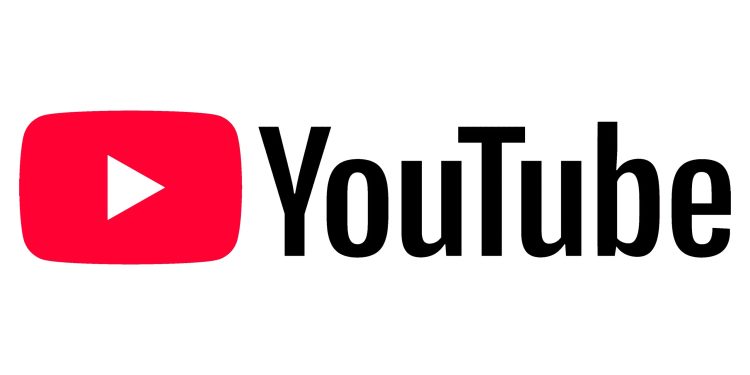YouTube confirmed a change to its Community Guidelines that tightens enforcement of rules against online gambling and graphic violence in games, with new regulations coming into force on November 17, 2025. The update redraws the red lines for creators and esports channels that run content tied to wagering on digital items or show prolonged, realistic violence involving human characters. The headline change is blunt and straightforward. The platform will act against videos that direct viewers to online gambling that uses items with monetary value, and that include digital goods such as in-game skins, cosmetics, and NFTs. The formal update is available as the updated rules.
This is not academic for the Counter-Strike 2 community, where skin trading and case-opening culture have bled into betting and referral-driven content for years. Channels that publish case openings, referral links or explicit how-to bet guides will need to reconsider how they present material if they want to avoid age restrictions or removals. For more context on the fallout around skins and betting, we previously covered DayZ creator criticizes Valve over gambling after Counter-Strike 2 skin market crash.
The rules also expand YouTube’s treatment of graphic gaming content. Videos that depict realistic human characters in scenes of torture or mass violence against non-combatants, especially where the footage is prolonged, zoomed-in or central to the upload, may be age-restricted or removed. That raises questions for highlight reels, POV edits, and montages from shooters such as CS2, Rainbow Six Siege, and Call of Duty, where some clips can cross a new threshold.
YouTube says most channels will see little to no impact, but the practical effects are apparent. Tournament operators, orgs, and creators who rely on VODs, sponsor-backed clips, or monetized highlight packages will need updated publishing checks and probably a tighter pre-publish workflow. Simple fixes creators might use before the November deadline include trimming sensitive shots, blurring faces or removing explicit referral links to gambling sites.
Regulation and platform policy have tripped up gaming creators before. This change follows a pattern of platforms reacting to the messy middle ground where entertainment, monetization, and real-money wagering intersect. Publishers and tournament organizers that host sponsored content or accept third-party referral deals will want to audit their contracts and platform placements to ensure sponsorships do not run afoul of the new restrictions. For related coverage about platform content rules, see our piece on Steam’s new rule restricting some adult content.
What should creators do now? Start by mapping any content that references external betting, skin-case openings tied to purchases or links to third-party sites. Update descriptions and thumbnails, and flag anything that could be seen as directing users to gamble. Treat anything with real-money value the same way you would a sponsored link; if it funnels cash into wagering systems, it may become noncompliant.
This policy is going to be watched closely by publishers and rights holders across esports. There will be creative workarounds, and some creators will adapt quickly with safer formats and clearer disclaimers. Others will need to change revenue models or redistribute content channels to keep audience reach and sponsor relationships intact.
If you run a team channel, a tournament feed or a creator channel that thrives on case openings and highlight reels, now is the moment to review your content calendar and legal exposure.
Join the conversation and share experiences with how these rules affect your uploads on X, Bluesky and YouTube.



















